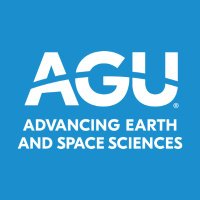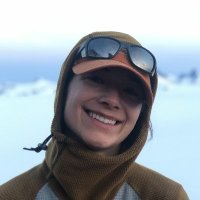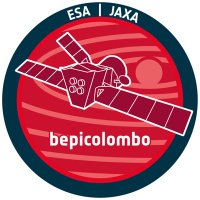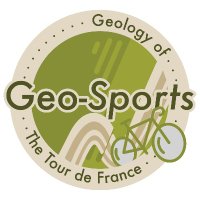
AGU's Eos
@agu_eos
Eos is a leading source for trustworthy news and perspectives about the Earth and space sciences and their impact. Published by the American Geophysical Union.
ID: 2755310156
http://eos.org 22-08-2014 15:17:53
43,43K Tweet
20,20K Followers
1,1K Following




Vote for yourself Mineral Cup #MinCup mineralcup.org/2024/vote/r1m04








The increasing urgency of modern environmental challenges demands an immediate focus on applying insights from Earth-observing missions for the benefit of humankind, write scientists from Department of Geographical Sciences NASA Goddard + NASA Earth. eos.org/features/data-…





